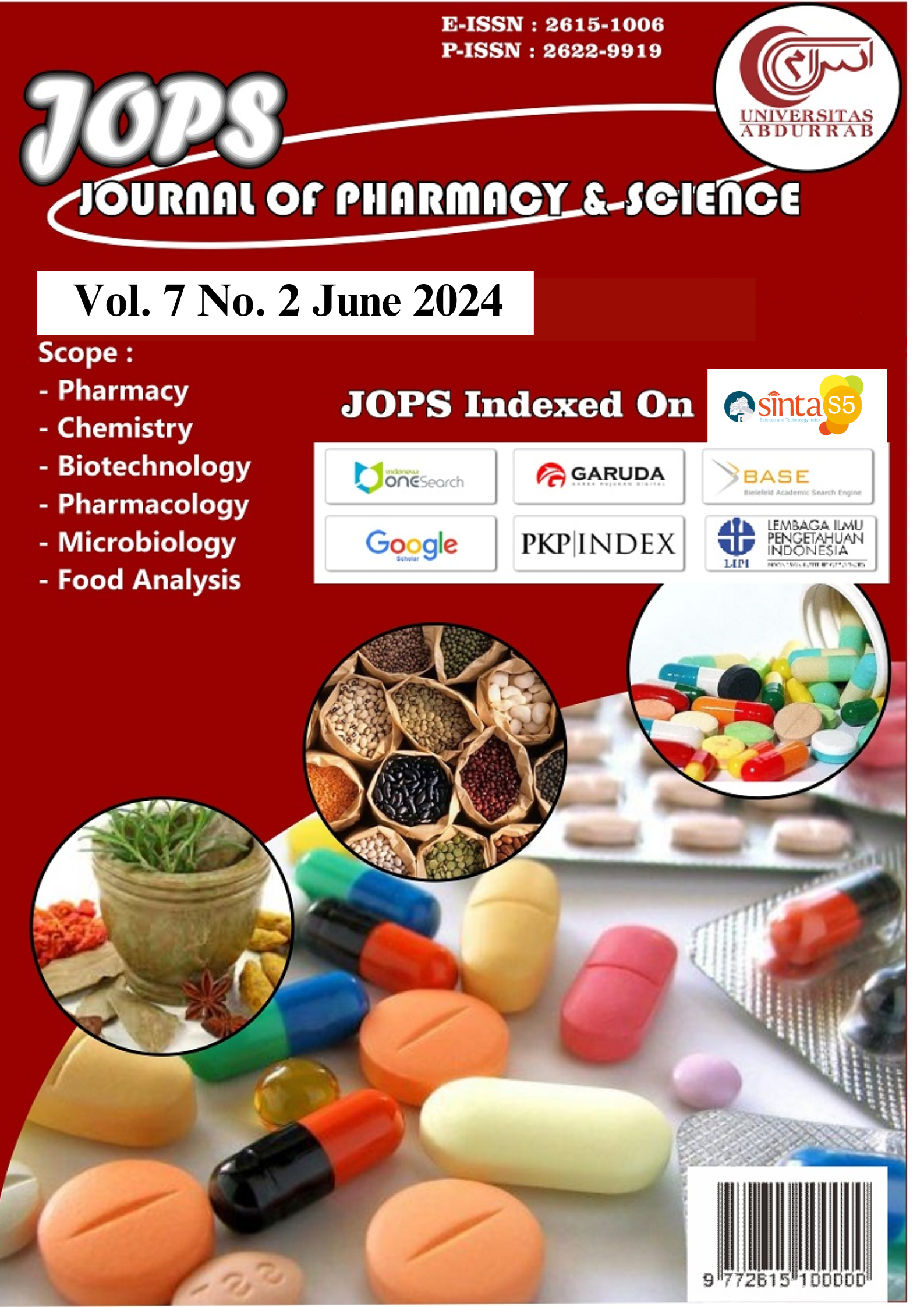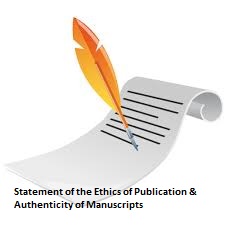Novel Finding of Pineapple Peel Extract as Antidiabetic Potential on Rats Induced With Streptozotocin
DOI:
https://doi.org/10.36341/jops.v7i2.4613Keywords:
Kulit nanas, diabetes, kadar glukosa darah, SGPT, streptozotocinAbstract
Diabetes mellitus is chronic and metabolic disease which occurs because of the increase of blood glucose level or hyperglycemia caused the body which cannot produce or use insulin effectively. Hyperglycemia has a glucotoxic effect resulting in an increase in ROS (reactive oxygen species) thus inducing liver pathogenesis which promotes severe inflammatory and apoptotic responses, as indicated by an increase in the SGPT enzyme. The pineapple peel contains flavonoid. It is known of having a strong antioxidant activity. With the giving of pineapple peel extract, it is expected to decrease the blood glucose level. This research to find out the the effect of pineapple peel extract (Ananas comusus L. Merr) on decreasing blood glucose levels and SGPT levels in male white rats (Rattus norvegicus) induced by streptozotocin. This research is an experimental study with a research design of pretest and posttest control group design. The samples consisted of 18 rats divided into 6 groups consisted of: normal control, negative control, and positive control group given metformin, and pineapple peel extract with dose 200mg/KgBW, 300mg/KgBW and 500mg/KgBW for 28 days and the measurement of the rats blood glucose was conducted by blood glucose test meter at day 1, day 4 (after post inductionof STZ 45mg/KgBW given by intraperitoneal), and day 29. The analysis result of One Way ANOVA showed that pineapple peel extract with dose 200mg/KgBW, 300mg/KgBW, and 500mg/KgBW decrease the blood glucose level significant (p-value<0,05) with negative control group. There was no significant difference between 200mg/KgBW, 300mg/KgBW and 500mg/KgBW compared with positive control (p>0.05). There was an effect of pineapple peel extract administration on the SGPT levels of STZ-induced rats with a dose of 200mg/kg BW, 300mg/kg BW, 500mg/kg BW (p-value <0.05). The administration of 300mg/kg BW pineapple peel extract had the highest decrease in SGPT levels compared to other groups. Pineapple peel extract (Ananas comosus L. Merr) can reduce blood glucose leveland SGPT levels in rats induced by streptozotocin with the greatest reduction at dose 300mg/KgBW.
Downloads
Downloads
Published
How to Cite
Issue
Section
License
1. Copyright of all journal manuscripts is held by the JOPS (Journal Of Pharmacy and Science)
2. Formal legal provisions to access digital articles of electronic journal are subject to the provision of the Creative Commons Attribution-ShareAlike license (CC BY-NC-SA), which means that JOPS (Journal Of Pharmacy and Science) is rightful to keep, transfer media/format, manage in the form of databases, maintain, and publish articles.
3. Published manuscripts both printed and electronic are open access for educational, research, and library purposes. Additiponally, the editorial board is not responsible for any violations of copyright law.
licensed under a Creative Commons Attribution-ShareAlike 4.0 International License.










